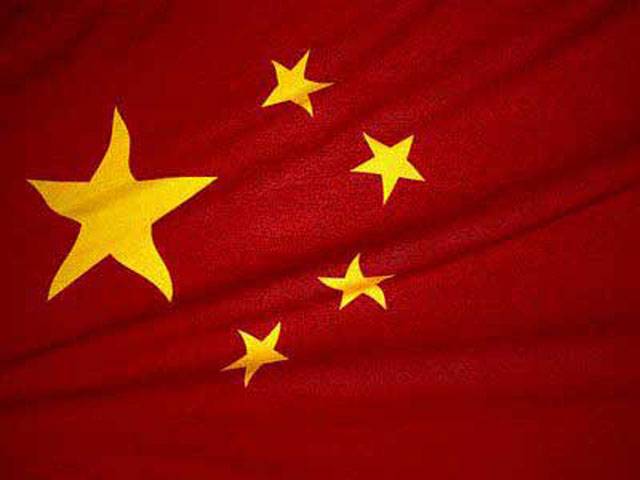BEIJING - China’s annual economic growth will reach between 7.7 percent and 7.8 percent this year and begin to stabilise in the second half as pro-growth policies gain traction, a government researcher said in remarks published on Saturday.
Fan Jianping, chief economist at the State Information Centre, a prominent government think tank, said China’s economy would grow 7.6-7.8 percent in the July-September period from a year earlier, staying flat or picking up from the second quarter’s 7.6 percent. Analysts forecast in a Reuters poll that China would slow further in the third quarter but regain some momentum late in the year as the impact of earlier policy easing fully kicks in. Still, even if activity rebounds modestly in the fourth quarter, it would drag full-year economic growth to below 8 percent, a level not seen since 1999.
The pace of growth this year would be above the government’s target of 7.5 percent, but policymakers are facing a dilemma due to concerns about property inflation, Fan was quoted by the official Xinhua new agency as saying. “It will be a little difficult to strike a balance this time around,” Fan said.
China has not unveiled any large-scale new government stimulus this year, despite mounting evidence the economy needs more prodding to regain momentum, as policymakers fret that a surge in prices could stoke social unrest at a politically sensitive time ahead of a tricky leadership transition.
In the absence of any stimulus package, Beijing has fast-tracked some infrastructure projects and injected cash into the economy via central bank’s open market operations. China’s economy growth would stay at relatively low levels for a while, with a V-type recovery unlikely as policymakers have to make some progress in restructuring the economy, Fan added.
China’s economy expanded at its slowest pace in more than three years in the second quarter, growing 7.6 percent on year as demand at home and abroad slackened. China will achieve basic balance in its external payments in the second half of 2012, with fluctuations in two-way capital flows becoming more frequent as the yuan nears its equilibrium level, the top foreign exchange regulator said on Wednesday.
China swung into a capital and financial account deficit in the second quarter of $41.2 billion, after a surplus of $56.1 billion in the first quarter and a deficit of $29.0 billion in the fourth quarter of 2011, data from the State Administration of Foreign Exchange (SAFE) showed.
The capital and financial account surplus stood at $14.9 billion in the first six months of 2012, SAFE said.
“ “With the improvement in yuan currency formation mechanism and reduced foreign exchange intervention by the central bank, it will become normal for China to have current account surplus and capital and financial account deficit,” it added.
SAFE revised down the current account surplus in the second quarter to $53.7 billion from an initial $59.7 billion.
In the first half of 2012, China’s current account surplus totalled $77.2 billion, equivalent to 2.1 percent of the country’s gross domestic product, down from 2.8 percent in the first six months of 2011.
“The falling surplus in international payments and slower rise in China’s foreign exchange reserves are in line with the direction of the country’s macro control policy and is conducive to promoting external economic balance,” SAFE said.
It played down the risks of rising capital swings to the economy, citing the country’s large foreign exchange reserves and steady trade surplus, as well the fact the economy was growing.
Friday, April 19, 2024
China GDP growth seen 7.7-7.8 per cent in 2012

5:19 PM | April 19, 2024
Pak economy improving, funds will be provided on request: IMF
9:57 PM | April 19, 2024
Minister advocates for IT growth with public-private collaboration
9:57 PM | April 19, 2024
Judges' letter: IHC seeks suggestions from all judges
9:55 PM | April 19, 2024
Formula 1 returns to China for Round 5
9:05 PM | April 19, 2024
Germany head coach Julian Nagelsmann extends contract till 2026 World Cup
9:00 PM | April 19, 2024
A Tense Neighbourhood
April 19, 2024
Dubai Underwater
April 19, 2024
X Debate Continues
April 19, 2024
Hepatitis Challenge
April 18, 2024
IMF Predictions
April 18, 2024
Kite tragedy
April 19, 2024
Discipline dilemma
April 19, 2024
Urgent plea
April 19, 2024
Justice denied
April 18, 2024
AI dilemmas unveiled
April 18, 2024
ePaper - Nawaiwaqt
Advertisement
Nawaiwaqt Group | Copyright © 2024





